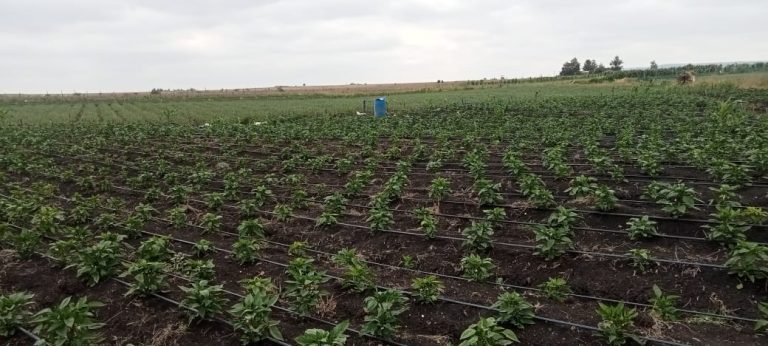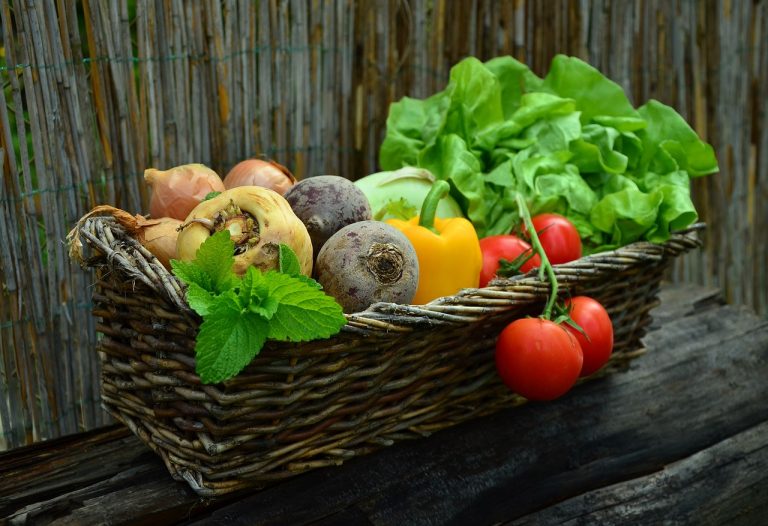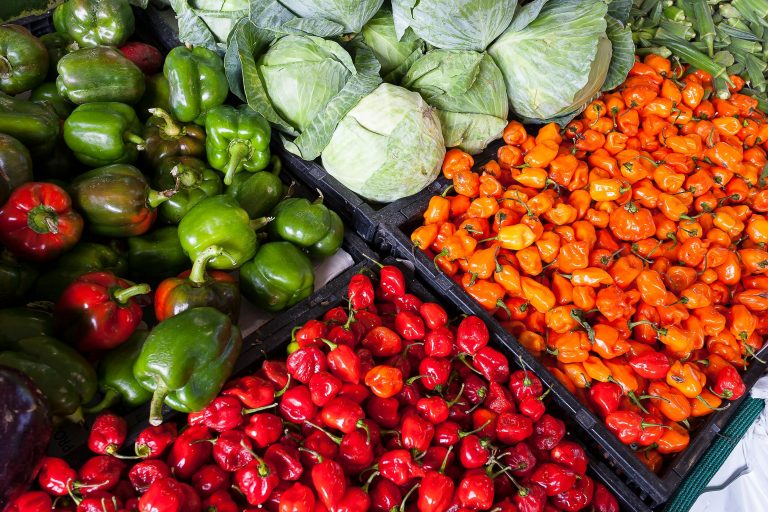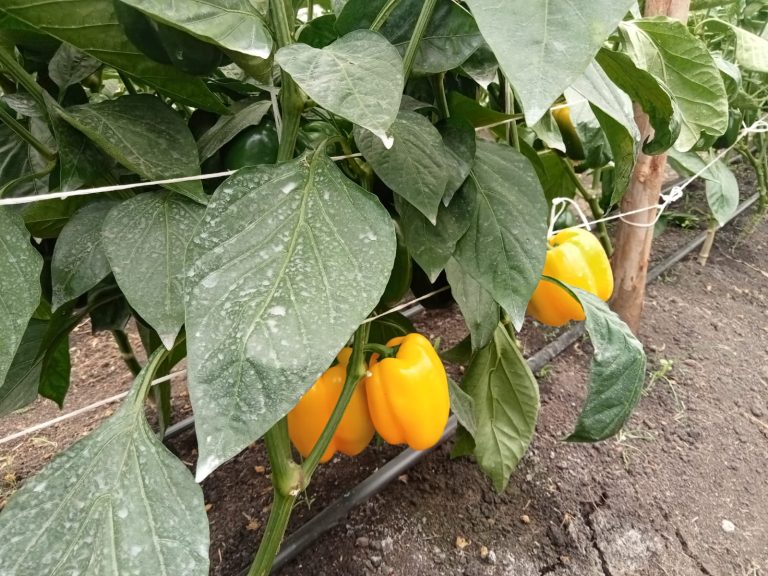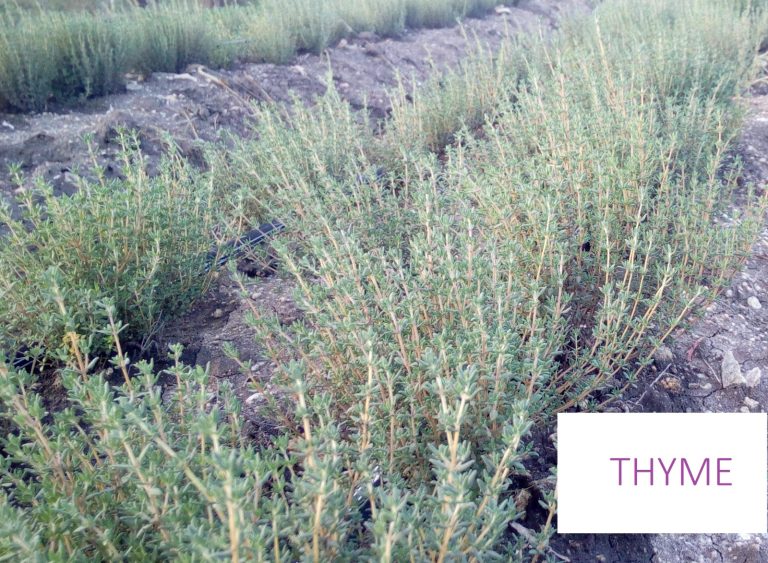Introduction
Mint farming is steadily gaining traction in Kenya, thanks to its high demand in both local and international markets. Known for its aromatic properties and medicinal benefits, mint is widely utilized in the food, pharmaceutical, and cosmetic industries. With proper farming techniques, Kenyan agripreneurs can tap into this high-value crop and unlock substantial profits.
At Fincare Investments Limited, we empower agribusiness entrepreneurs by providing access to prime agricultural land for lease or purchase. This enables them to venture into high-yield crop production and sustainable farming practices.
Optimal Growing Conditions for Mint Farming in Kenya
Climate Requirements
- Mint thrives in moderate to warm climates, with an ideal temperature range of 15°C to 30°C.
- It requires 600mm to 1,200mm of annual rainfall to flourish.
Soil Type and Preparation
For optimal growth, mint requires:
- Well-drained loamy or sandy-loam soil rich in organic matter.
- A pH range of 6.0 to 7.5.
- Proper land preparation, including deep plowing and adding organic compost to boost soil fertility.
Watering and Irrigation Needs
- Consistent soil moisture is essential for healthy mint growth.
- Drip irrigation is recommended to maintain optimal water levels while preventing waterlogging.
- Mulching helps in moisture retention and weed suppression.
Planting Mint: Seeds vs. Cuttings
Growing Mint from Cuttings
- The most efficient propagation method is through cuttings from healthy plants.
- Cuttings should be 10-15 cm long and planted in moist soil.
- Under proper conditions, rooting occurs within 7 to 14 days.
Best Mint Varieties for Kenyan Farmers
- Peppermint (Mentha × Piperita) – Valued for its essential oil production.
- Spearmint (Mentha spicata) – Preferred for culinary and medicinal applications.
- Apple Mint (Mentha suaveolens) – Commonly used in teas and natural remedies.
Mint Growth Timeline
- Germination Period: Seeds sprout within 10-15 days.
- Maturity: The first harvest is ready after 90-120 days.
- Harvesting Cycles: Subsequent harvests occur every 30-40 days.
Cost of Production Per Acre
|
Expense Item |
Estimated Cost (KSh) |
|
Land preparation |
20,000 – 30,000 |
|
Seeds or cuttings |
15,000 – 25,000 |
|
Fertilizers & inputs |
30,000 – 50,000 |
|
Irrigation expenses |
20,000 – 40,000 |
|
Labor costs |
50,000 – 70,000 |
|
Total Estimated Cost |
135,000 – 215,000 |
Best Storage Practices for Mint
Post-Harvest Handling
- Harvest early in the morning to retain freshness.
- Avoid excessive handling to prevent bruising.
Short-Term Storage
- Store fresh mint at 0°C to 5°C with high humidity.
- Use perforated plastic bags to allow airflow.
Long-Term Storage
- Drying: Air-dry in a shaded, well-ventilated area.
- Freezing: Freeze whole leaves in airtight containers to retain flavor.
Market Opportunities & Pricing
Local vs. Export Market
- Local Market: Supplied to hotels, supermarkets, and herbal medicine retailers.
- Export Market: High demand from European nations, mainly the UK, Germany, and the Netherlands.
Current Market Prices
- Local price per kg: KSh 150 – 250
- Export price per kg: KSh 300 – 500, depending on quality and season.
Best Marketing Strategies
- Contract farming with exporters.
- Selling through online platforms and herbal stores.
- Supplying directly to supermarkets and food processors.
Profitability of Mint Farming in Kenya
Expected Yield Per Acre
- Farmers can harvest 4,000 to 6,000 kg per acre annually.
Potential Revenue
Scenario Revenue (KSh)
Local Market (KSh 200/kg) 800,000 – 1,200,000
Export Market (KSh 400/kg) 1,600,000 – 2,400,000
Common Challenges & Solutions
Pests and Diseases
- Common Pests: Aphids, spider mites.
- Diseases: Powdery mildew, root rot.
- Solution: Use organic pesticides, crop rotation, and proper irrigation.
Market Access Difficulties
- Solution: Partner with exporters and join farmer cooperatives.
Climate-Related Risks
- Solution: Greenhouse farming advanced irrigation systems.
Frequently Asked Questions (FAQs)
Does mint regrow after cutting?
- Yes, mint is a perennial crop and regrows after each harvest.
How many times can mint be harvested per year?
- Depending on climatic conditions and maintenance, farmers can harvest up to 6-8 times annually.
Is mint farming profitable in Kenya?
- Absolutely. Depending on the target market, a farmer can earn between KSh 800,000 and KSh 2.4 million per acre annually.
- How is mint packed for export?
- Fresh mint: Packaged in bunches or clamshell containers.
- Dried mint: Packed in airtight or vacuum-sealed bags.
Conclusion
Mint farming in Kenya presents a lucrative investment opportunity for agripreneurs, particularly those targeting export markets. With proper land preparation, irrigation, and storage techniques, farmers can maximize yields and boost profitability. By leveraging export opportunities and adopting best farming practices, mint farmers can establish thriving agribusinesses.
How Fincare Investments Limited Supports Agribusiness Entrepreneurs
Land Leasing and Sales for Agribusiness
Access to agricultural land is the foundation of any successful farming venture. At Fincare Investments Limited, we offer affordable land for lease or purchase, enabling farmers to establish and expand their agribusinesses.
By partnering with us, agripreneurs can secure land in strategic agricultural zones such as Isinya, Kajiado County, a region well-suited for both crop cultivation and livestock farming. Access to prime farmland allows you to maximize productivity and scale your agribusiness to new heights.


